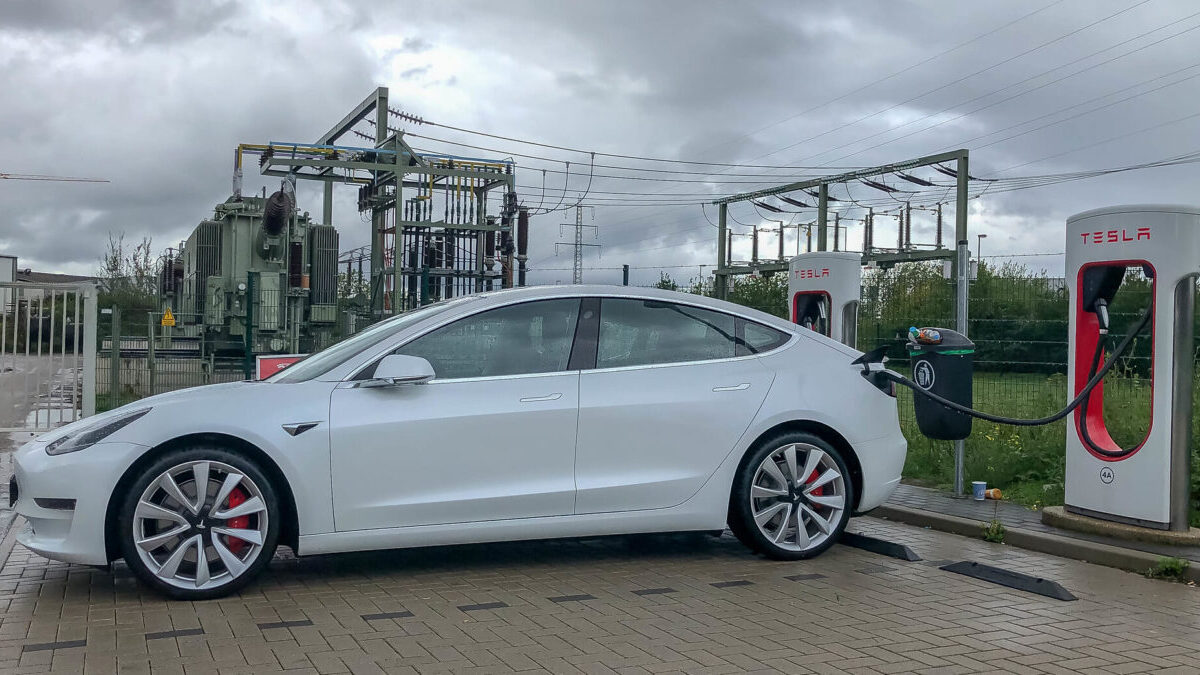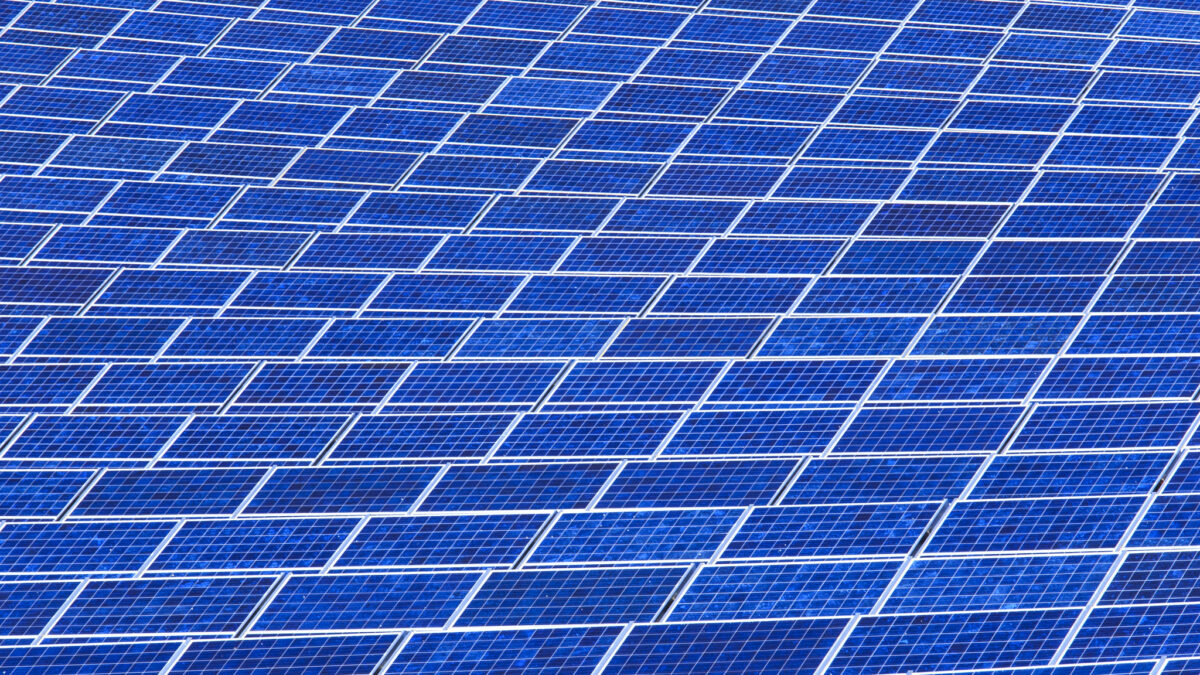While planning a week-long trip to the Seattle area recently, I wondered aloud to my husband if we should rent a Tesla. Neither of us had ever driven an electric vehicle before. The price difference between the long-range Tesla Model 3 and a standard mid-size gas-fueled vehicle was pretty negligible.
We agreed it would be an interesting learning experience despite our objections to the eco-agenda to phase out gas-powered vehicles. We also don’t believe EVs are particularly environmentally friendly since they need batteries that require the strip-mining of rare earth minerals such as lithium and cobalt. The World Economic Forum knows this very well and is likely looking for heavy limits on EV mobility after eliminating gas-powered vehicles.
But more people like us are also finding some very practical reasons to object to Teslas. There’s a glut of them on the market now despite subsidies and price reductions. After test-driving one for an entire week (instead of just 30 minutes,) we learned we will never buy a Tesla or any EV as long as we have the option of gas-powered vehicles or even hybrids. Read on for seven big reasons why. (Yes, “mileage may vary.”)
1. Battery Drainage Is Stress-Inducing
In the Tesla, stress is a given. The battery drains faster than you might think. Our Model 3 had an advertised range of about 300 miles, but that’s if you charge it to 100 percent (which no one does) and run it to 0 percent (which no one does). So the practical range is about 150-200 miles. We felt compelled to recharge after going just 150 miles versus refueling after about 450 miles in our Honda Accord. The battery even drained 10 percent just sitting in the driveway for about a day. Granted, we covered some distances in Washington state during our travels. But that confirms EVs are a poor choice for road trips unless you enjoy the risk of being stranded.
2. Few Charging Station Locations and Length of Time There
Yes, there are now more than 1,500 “supercharger” stations across the U.S. Regular chargers can be found at hotels, where guests at least have a room to stay in while charging for three to six hours. We plugged into a Tesla charger at a hotel for nearly three hours to get the battery up to 85 percent from about 30. Compare that with about 150,000 gas stations where we could fill up in less than five minutes and be on our way, ready for the next 500 miles. Even at a supercharger, we had to wait about 30 minutes to up the battery charge by 50 percent. And it’s all a matter of luck if there are amenities close by, especially if you need a charge when it’s late at night.
3. Personal Safety at Charging Locations Can Feel Dicey
It’s a good idea to plan the times at which you charge your vehicle. We had to stop on a Sunday evening at a supercharger located in an Ikea parking lot. Ikea was closed, and there were no walkable amenities around it. Ditto for our visit to another Tesla supercharger located across from a pawn shop. I got the uneasy feeling that many of these unsupervised locations — and the length of time required to be there — were crime scenes waiting to happen. Sure you can stop charging and be on your way. But on your way to where? To another supercharger.
4. Texting While Driving Is Required
Texting while driving is considered dangerous and mostly illegal. How ironic that in a Tesla, you are dependent upon the touch screen that sits between the driver and passenger seat like a big laptop. The interface is not intuitive, and autopilot is too new and unpredictable to use safely.
Luckily for us, there was always a passenger available to cope with the screen. We had to be in motion in order to check for a charging station nearby. There’s nothing intuitive about the air conditioning. Ditto for the radio, which we could only “turn off” by reducing the volume. The windshield wipers are supposed to be automatic, but when it started raining, we realized they were “turned off.” After fishing around the screen, we finally pulled over to consult YouTube to get them working again.
5. No Convenient Manual to Consult While Renting
Our Tesla rental was proudly “paperless.” It would have been worthwhile to have a hard copy manual on hand that didn’t put us at the mercy of a satellite signal. Hertz at the Seattle airport could provide no support in answering our questions about the vehicle. When I was able to flag employees down (twice), they were unable to help. We hoped to get a clue from a manual in the glove compartment, but what glove compartment? The employee at the checkout kiosk explained that the glove compartment was permanently locked shut. There’s no spare tire either, by the way.
6. How to Lock the Car?
This was not clear, not even with the Hertz tutorials on renting a Tesla. The key card operates like a hotel-room “smart” key, but (per YouTube) we discovered we needed to find the “sweet spot” by the window on the driver’s side, apparently the only place to lock the car. There are ways to lock from the inside as well, but it all depends on your tech-savviness, and willingness to risk locking yourself in, I suppose.
7. Don’t Expect the Cost of a Battery Charge to Always Be Lower than Gasoline
There are so many variables in fuel/charging costs, it’s hard to know if you’re getting a deal. When we tapped the “lightning bolt” image on the Tesla’s touch screen, we got a list of superchargers in the region as well as the cost per kilowatt hour, which varied from about 18 cents to about 50 cents. Our cheapest total charge was around $7 and ranged up to $25. We generally didn’t put more than a 50 percent charge into the car at any one time, and given the miles driven, the $25 charge was about the same as we would have paid for gas. Since there are government subsidies both for purchasing an EV and for charging, I would expect those prices to rise if everyone gets with the program and demand is up.
But pigs will fly before I buy an EV based on my Tesla experience/experiment. This conclusion is not based on a one-hour test drive but on an entire week of driving in an EV-friendly part of the country.
Granted, there are some moments of fun when driving a Tesla. “Regenerative braking” is a system that recharges the battery. So once your foot is off the accelerator, the car slows down quickly. We rarely needed to use the brake at all, even at red lights. And once you accelerate, expect a fast pick-up! The tinted glass roof was kind of cool. The seats were comfortable enough. But all in all, it was too much hassle and too much anxiety. I’m now totally sold on gas-powered vehicles.









